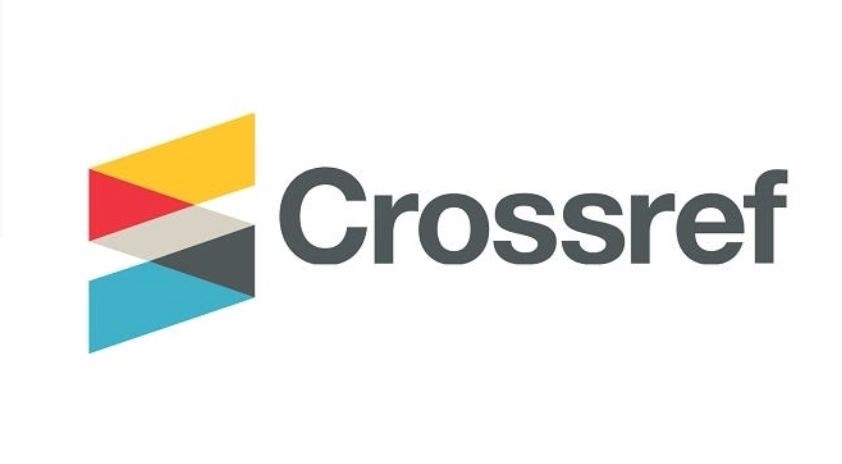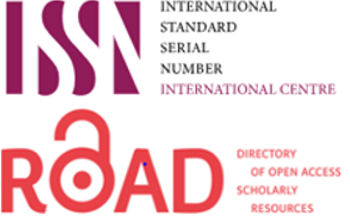Assessment of Clinical Learning and Training Environment for Maternal and Child Health Nursing Students
DOI:
https://doi.org/10.58897/injns.v27i2.201Keywords:
Assessment, Clinical Educational Environment, Clinical Training, Maternal and Child Health NursingAbstract
Objective: To assess the clinical learning environment and clinical training for students' in maternal and child
health nursing.
Methodology: A descriptive study was conducted on non probability sample (purposive) of (175) students' in
Nursing College/ University of Baghdad for the period of June 19th to July 18th 2013. A questionnaire was used as a
tool of data collection to fulfill with objective of the study and consisted of three parts, including demographic,
clinical learning environment and clinical training for students' in maternal and child health nursing. Descriptive
statistical analyses were used to analyze the data.
Results: The results of the study revealed that the 65.1% of student at age which ranged between (19-23) years
and 56% were male student, 66.9% were third year nursing students, and 59.4% were morning study. The study
revealed that there were high mean score response among study sample except item (11) the response was (No)
in which as (The learning environment in the hospital with a homogeneous environment college) at student's
attitude's regarding clinical learning environment. And the study revealed that there were high mean score
response among study sample at the clinical training.
Recommendations: The study recommended to need to conduct other the researches to evaluate the actual
clinical learning environment for nurse's skills and practices performance in the hospital. And to determine factors
influence student's during clinical learning environment and clinical training















